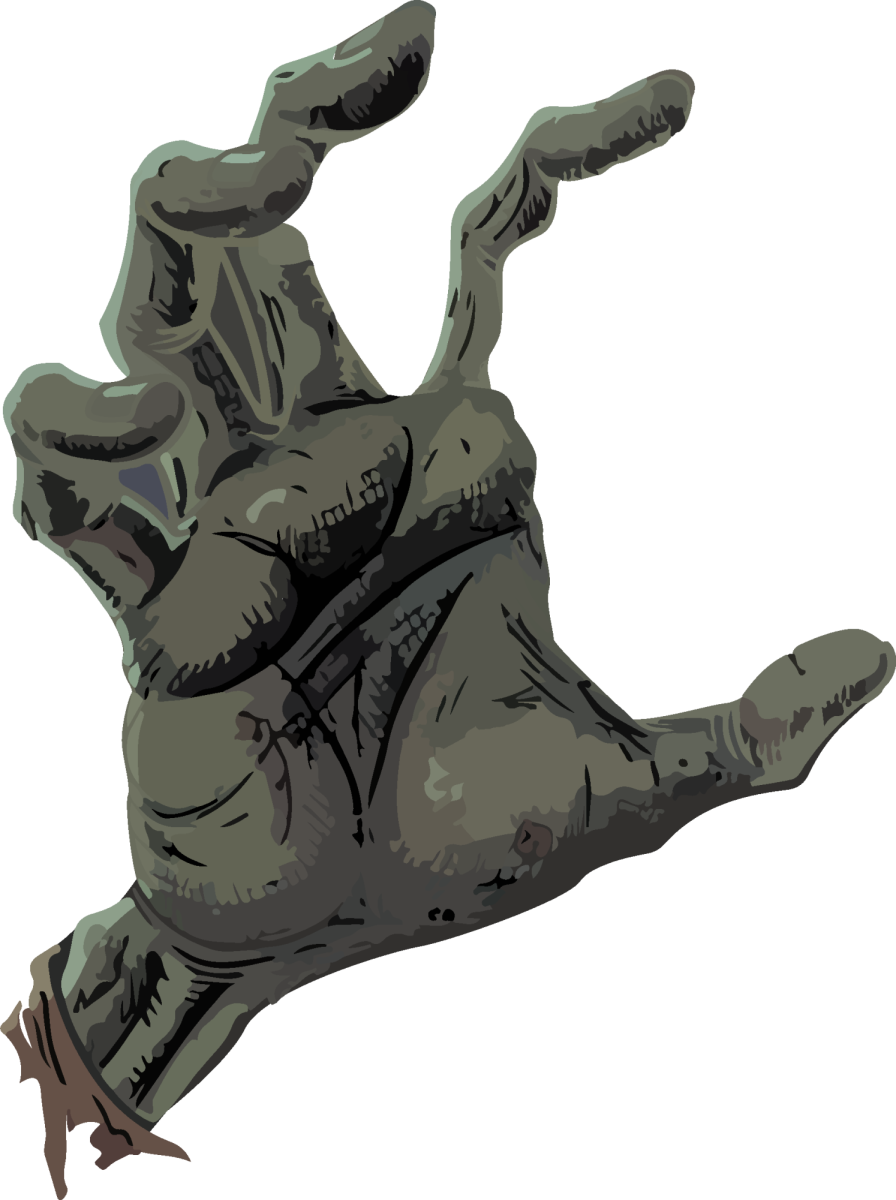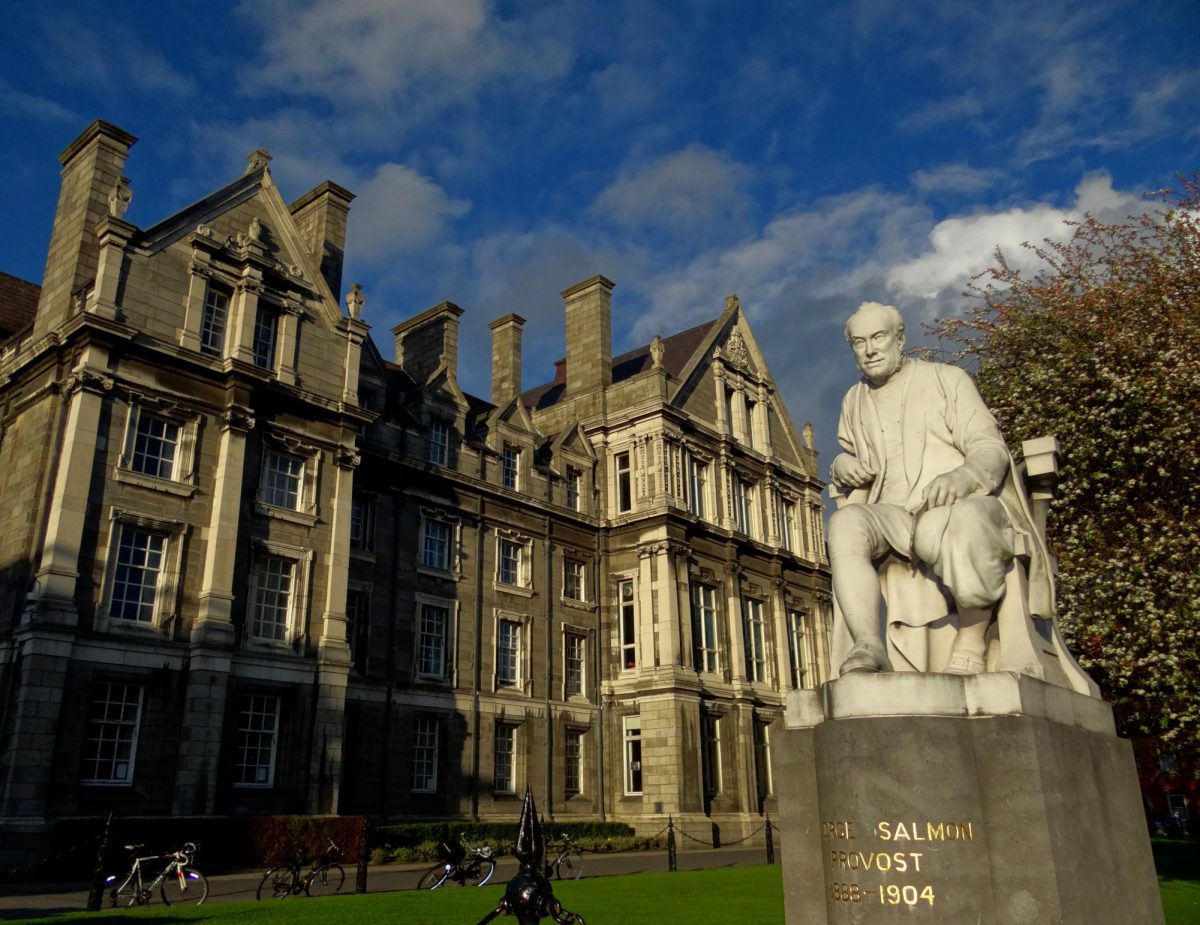Feeling maternal towards The Creature (Jacob Elordi) in director Guillermo del Toro’s “Frankenstein” is not something I would’ve predicted for myself. And yet, here we are.
I am no literature expert. I would rather read smut than Mary Shelley’s “Frankenstein,” but I can say that from what I’ve researched, del Toro’s adaptation of the book is brilliant.
Sue me for glazing, I don’t care.
“Frankenstein,” set in England during the 18th century, is a Gothic horror story about Victor Frankenstein (Oscar Isaac), a gifted scientist intent on defying mortality.
Through a maddening experiment, Frankenstein assembles the body parts of male corpses and uses electricity to create a sentient being.
Frankenstein is initially enamored by The Creature, but grows aggravated by his stunted cognitive abilities, leading Frankenstein to set his laboratory on fire and abandon his creation.
The prelude of “Frankenstein” presents The Creature as animalistic. In a seething rage, The Creature finds his maker, gravely injured, aboard a Royal Danish Navy crew ship headed toward the North Pole.
The captain, Anderson, listens to first-person accounts of both Frankenstein and The Creature’s life leading up to the present, breaking the film into two parts.
Elordi as The Creature is simply stunning — his appearance the result of 11 hours in the make-up trailer. Makeup artist Mike Hill used full-body prosthetics to construct an 8-foot-tall discolored Creature that is far from the disfigured classic green monster with screws in its neck. we usually see.
Elordi fully commits to physical acting rather than verbal, as The Creature is initially infantile and unable to communicate clearly.
As he begins to understand his surroundings — from the dungeon he’s confined to — The Creature meets Elizabeth Lavenza (Mia Goth), Frankenstein’s soon-to-be sister in-law.
The two share an emotional intimacy that does not exist in the novel. To Goth and Elordi’s credit, their chemistry is tantalizing. Whether del Toro was aiming for a romantic relationship or not is the viewer’s prerogative.
When The Creature emerges after Frankenstein abandons him, he shelters in a farmhouse and becomes a silent benefactor for the family living there. As winter approaches, everyone except an old blind man leaves the home.
Yearning for connection, The Creature approaches the man, who offers him kindness. The old man senses The Creature’s humanity, teaching him to speak and read and The Creature makes his first friend.
It’s a tender few moments that end abruptly when the old man is slaughtered by wolves, which The Creature very graphically disposes of.
He returns to the ashen laboratory and discovers he is the product of harvested body parts. Consumed by self-loathing, The Creature seeks out Frankenstein and confronts him on the evening of Elizabeth and William Frankenstein’s wedding.
The Creature demands that if he must suffer eternally as an abomination, he requires a female counterpart. Frankenstein refutes this out of fear that the monsters will procreate, triggering a violent rift in which Frankenstein accidentally shoots Elizabeth and blames The Creature.
This sequence fares far differently in the novel. Frankenstein agrees to craft a female companion for The Creature, but destroys her when he considers they might get down and dirty. The Creature then murders Elizabeth as retribution because she is Frankenstein’s fiancée in the book.
It is much easier to sympathize with del Toro’s Creature, and audiences may find themselves despising Frankenstein, who in the book is a morally complex college student whose obsession with alchemy goes too far.
That said, Isaac doesn’t disappoint as an egotistical middle-aged madman, giving a compelling antithesis to Elordi’s performance.
Following Elizabeth’s death, The Creature viciously attacks Frankenstein, succumbing to the monstrous capabilities his creator always feared. The Creature vows to hunt Frankenstein through the Arctic — where the captain finds him, wounded — until he can reverse his immortality.
After finishing their respective stories, Frankenstein, on his deathbed, begs for forgiveness from The Creature, which he surprisingly gets. I personally would’ve found it poetic for The Creature to wipe out the entire ship and rip out Frankenstein’s heart, but maybe I’m a little vulgar.
Instead, del Toro frames Frankenstein as the real monster. Despite The Creature’s incredulous strength, uncontrollable emotions and sadistic tendencies, he is ultimately a sheltered, lonely man searching for love in a world that he will outlive.
My biggest quip with the film is that it was released on Netflix. It’s too good for that. “Frankenstein” is haunting and alluring; a wonderful, albeit slightly different rendition of the original. But as someone who never read the book, I don’t see this as a fault.
I’m not saying Elordi should hoist that Academy Award for best male actor this spring, but anything less than a nomination is a snub. That goes for the makeup and costume department as well as set designers, who, under del Toro’s wing, opted for authentic elements and color grading over heavy VFX.
Thank you, Andrew Garfield, for giving up this role and forcing del Toro to find a new Creature. And thank you, “The Kissing Booth,” for not totally derailing Elordi’s acting career.










